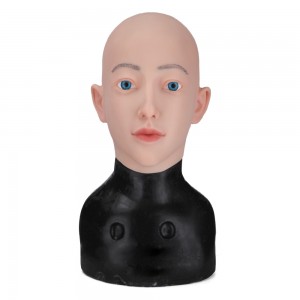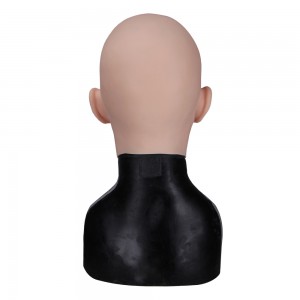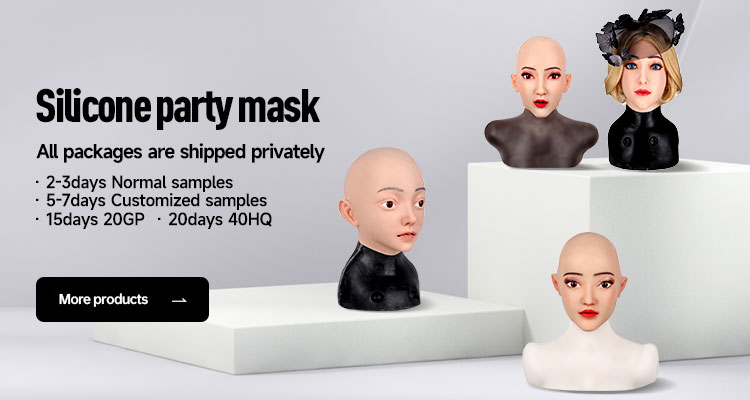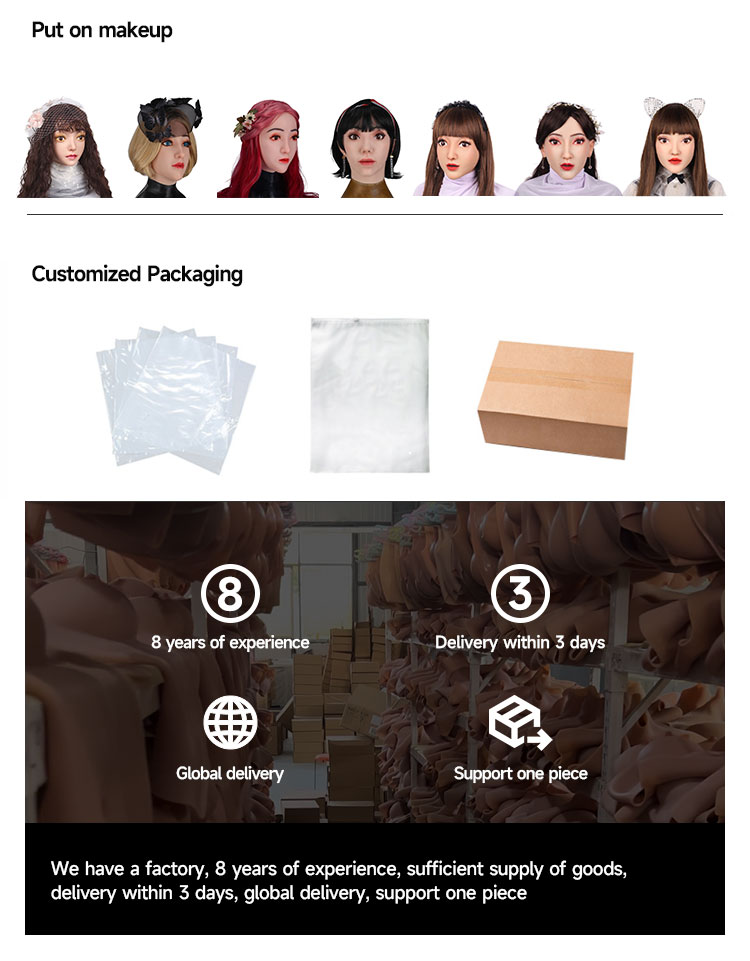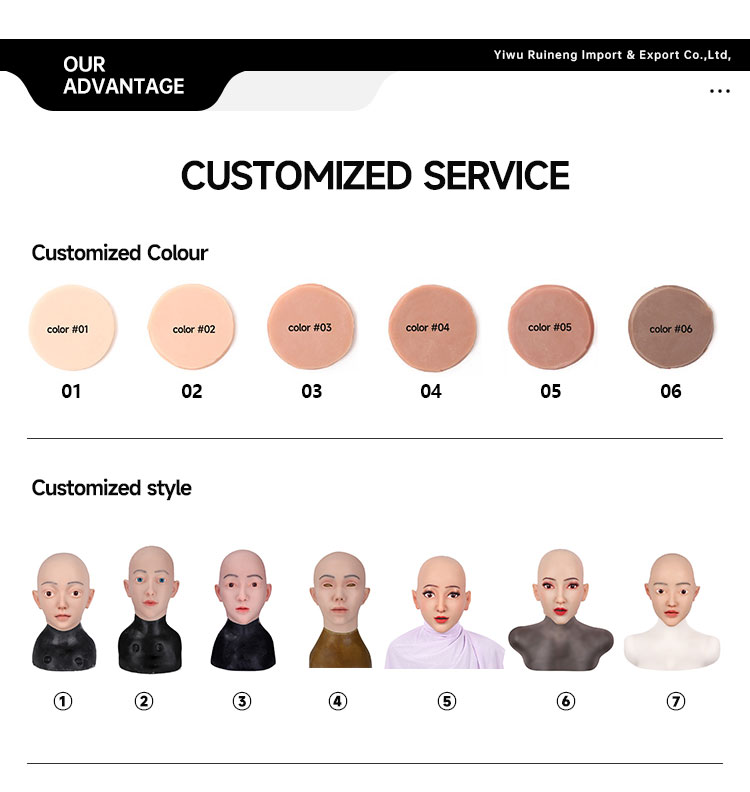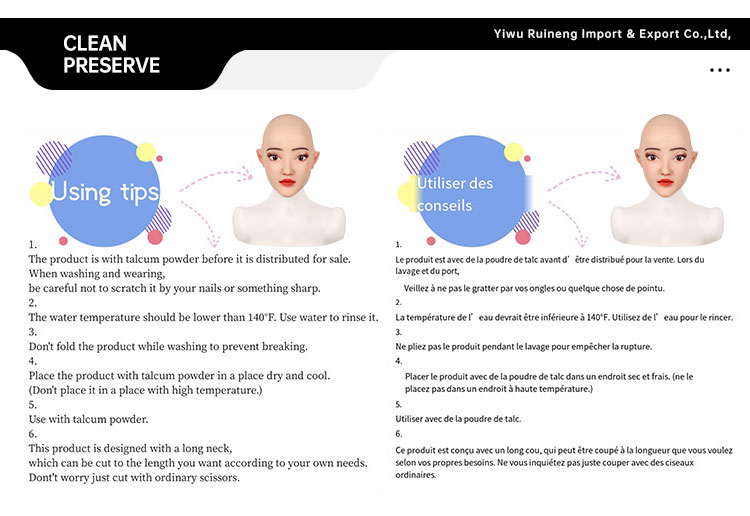M2 Home & Garden / Festive & Party Supplies / Silicone Mask For cosplay crossdressing
How to Wear a Silicone Mask for a Stunning Transformation
Silicone masks are a popular choice for those looking to create a realistic and dramatic transformation. Whether you're preparing for a special event, a costume party, or a theatrical performance, wearing a silicone mask can completely change your appearance. Here's a step-by-step guide on how to wear a silicone mask to achieve a stunning and convincing look.
1. Prepare Your Hair and Face
Before putting on the silicone mask, it's important to prepare your hair and face. If you have long hair, it's recommended to put on a hairnet to keep your hair in place and prevent it from getting tangled in the mask. Additionally, make sure your face is clean and free of any makeup or oils to ensure a smooth and secure fit for the mask.
2. Put on the Mask
Carefully place the silicone mask over your head, ensuring that it aligns with your facial features. Gently stretch the mask to fit over your face, making sure that your eyes, nose, and mouth align with the designated openings in the mask. Adjust the mask as needed to achieve a comfortable and natural fit.
3. Secure the Mask
Once the mask is in place, secure it by adjusting any straps or fastenings that may be included. This will help ensure that the mask stays in position and doesn't shift during wear. Take your time to make any necessary adjustments to achieve a seamless and realistic appearance.
4. Enhance Your Look
To complete your transformation, consider adding makeup to enhance the overall effect of the silicone mask. For example, you can draw the eye line and apply black eye shadow to create a striking and captivating gaze. Additionally, if the mask doesn't include hair, you can put on a wig to complement the new persona you've created.
5. Wear a Mask (Optional)
If the silicone mask doesn't cover your entire face, you may want to wear a mask to conceal any remaining skin and create a cohesive look. Choose a mask that complements the silicone mask and fits comfortably over your ears and nose.
By following these steps, you can confidently wear a silicone mask and achieve a stunning transformation that will surely turn heads and leave a lasting impression. Whether you're aiming for a realistic disguise or a theatrical character, a silicone mask can be a powerful tool for creating a memorable and impactful look.
Product details
|
Product Name |
Silicone masks |
|
Place of Origin |
Zhejiang,China |
|
Brand Name |
RUINENG |
|
Feature |
Quickly dry, Seamless, Breathable, , Reusable |
|
Material |
silicone |
|
Colors |
from light skin to deep skin, 6 colors |
|
Keyword |
silicone masks |
|
MOQ |
1pc |
|
Advantage |
Skin friendly, hypo-allergenic, reusable |
|
Free samples |
Support |
|
Season |
four seasons |
|
Delivery time |
7-10days |
|
Service |
Accept OEM Service |
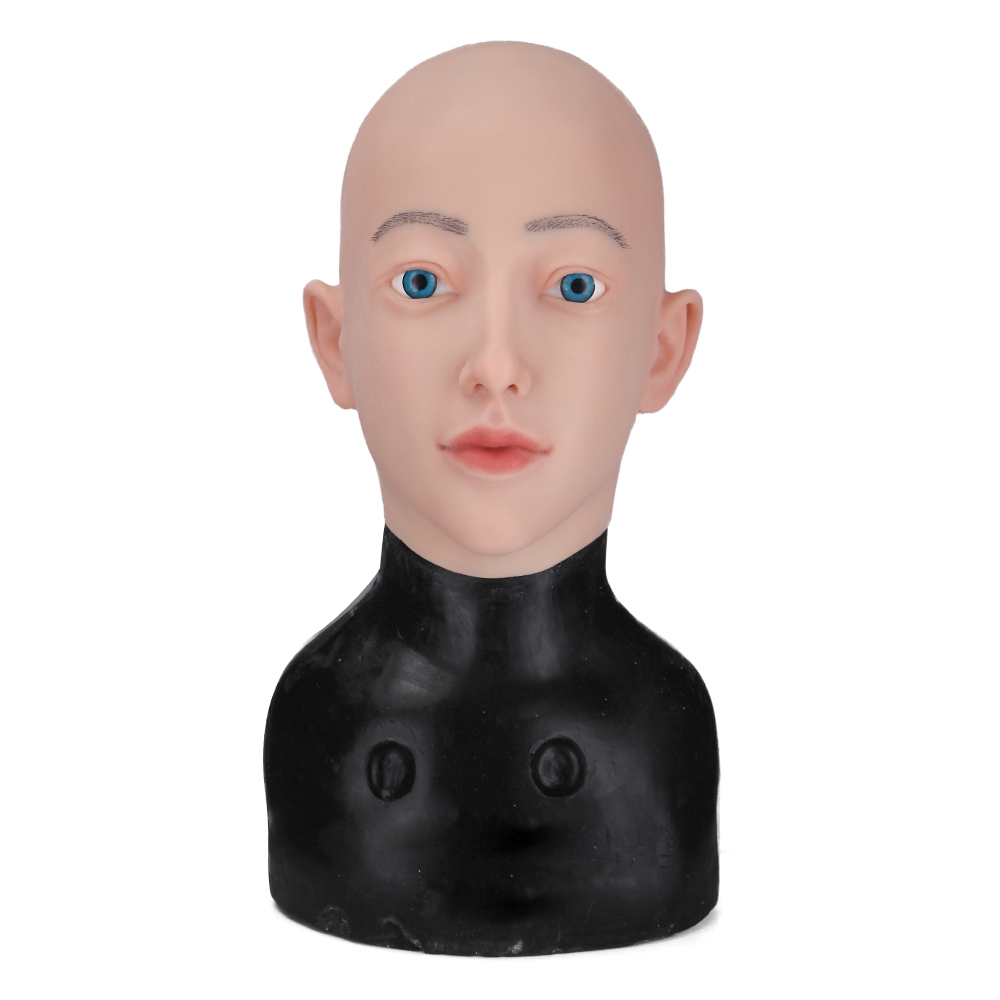


How are silicone masks made?
Silicone masks are a popular choice for special effects, role play, and even pranks. But have you ever wondered how these lifelike masks are made? The process involves several intricate steps, from creating the mold to injecting silicone to adding intricate details.
The first step in making a silicone mask is making a mold of the desired face. This is usually done by making a negative mold using a material such as clay or plaster. Once the female mold is ready, the male mold is created. This male mold will be used to form the silicone mask.
Next, the silicone is injected into the mold. This is a crucial step as it determines the shape and structure of the mask. The silicone used is typically a high-quality, skin-safe material that is flexible and durable.
After the silicone is injected and allowed to set, the next step is to hand-paint the facial features. This is where the artistry comes into play, as the details of the face, such as the eyes, nose, and mouth, are carefully drawn to create a realistic look. This step requires a steady hand and a keen eye for detail.
Finally, add the hair to the mask. This can be done by hand-sewing individual hairs or using a special adhesive to secure the wig or wig to the mask. Style and trim the hair to achieve the desired look, adding to the overall realism of the mask.
To sum up, the production process of silicone masks includes making molds, injecting silicone, hand-painting facial features, and gluing hair. Each step requires skill and precision to create a lifelike, high-quality mask. The result is a realistic and versatile product that can be used for a variety of purposes, from film production to masquerade parties.


